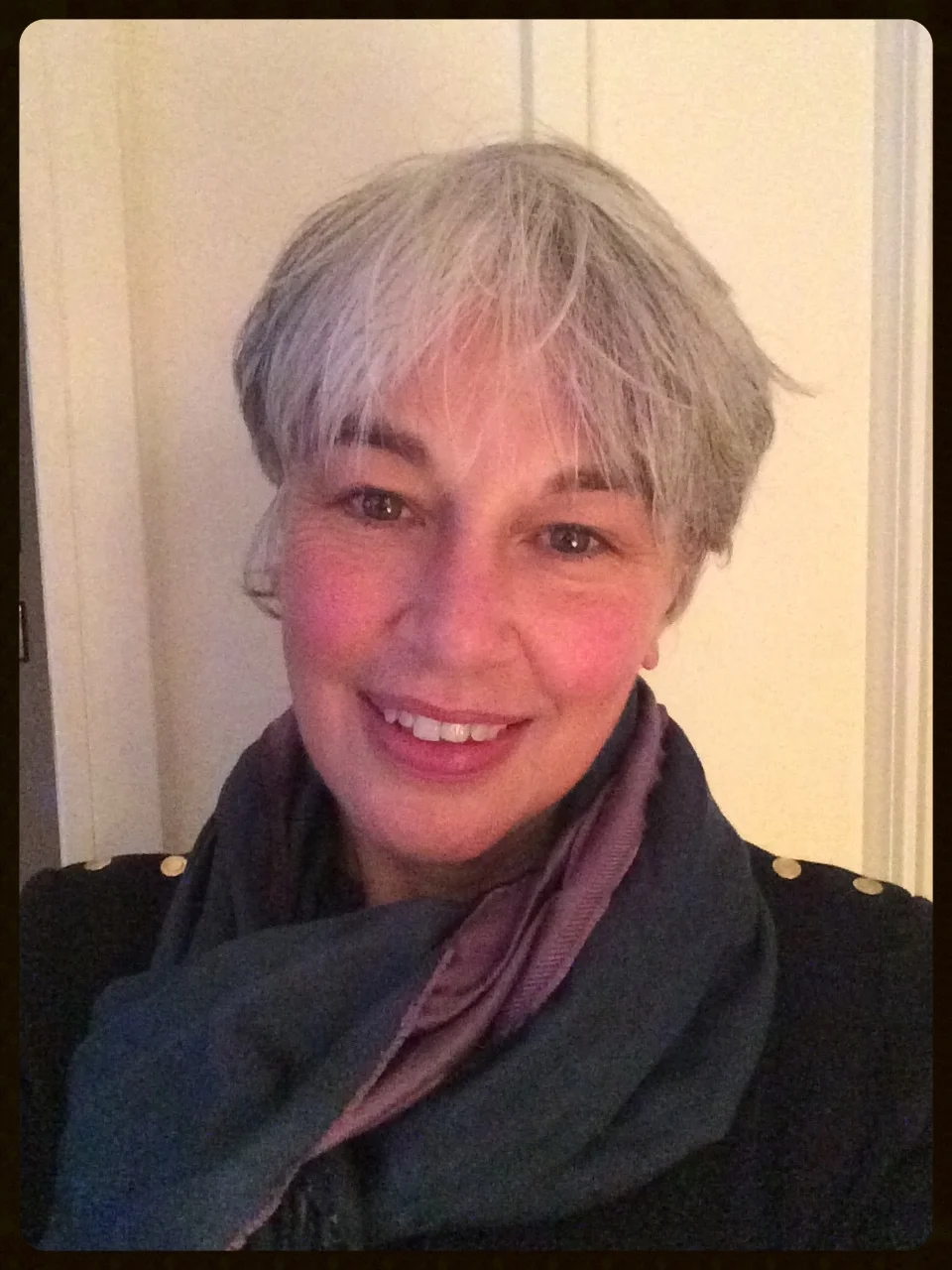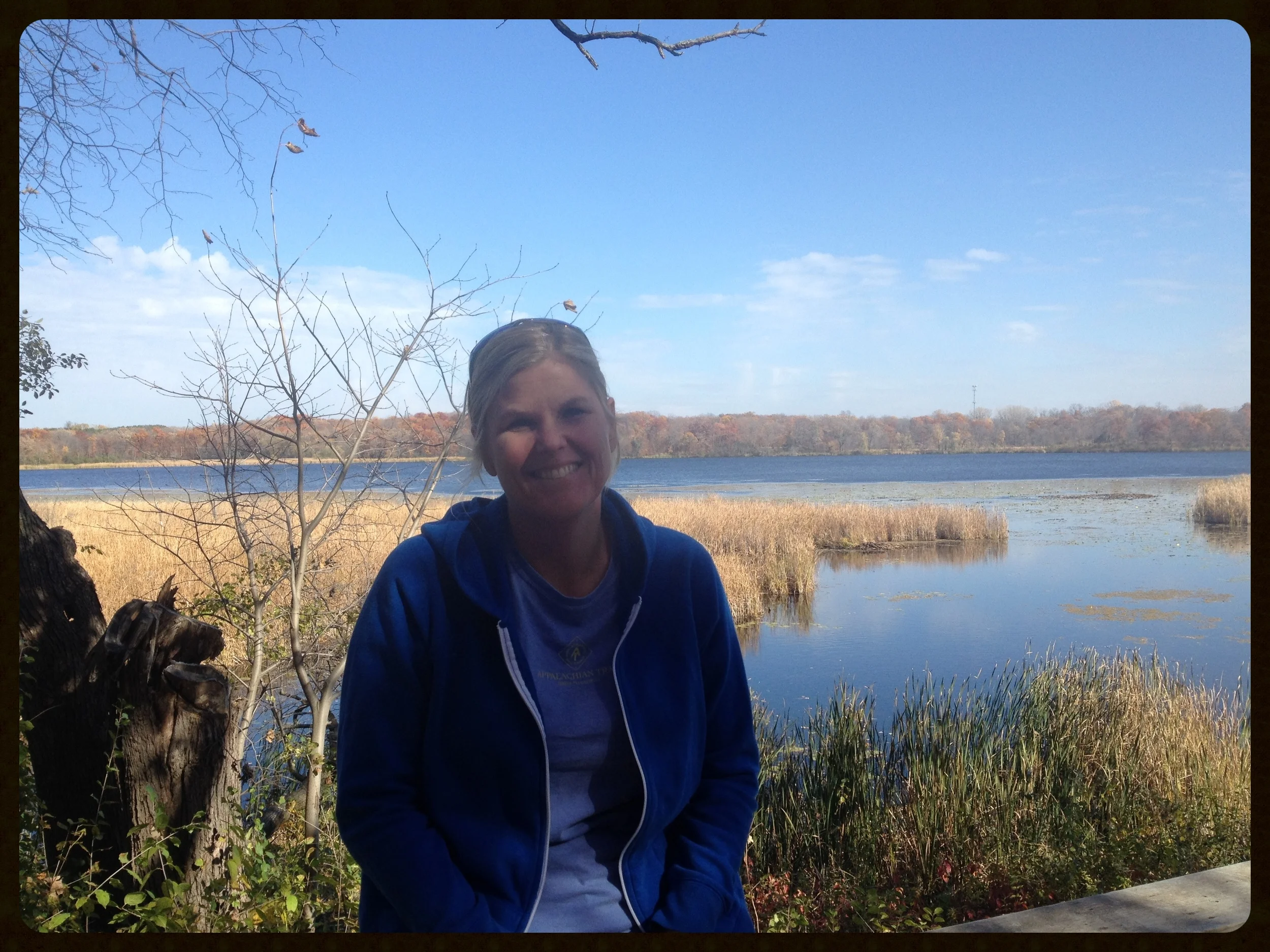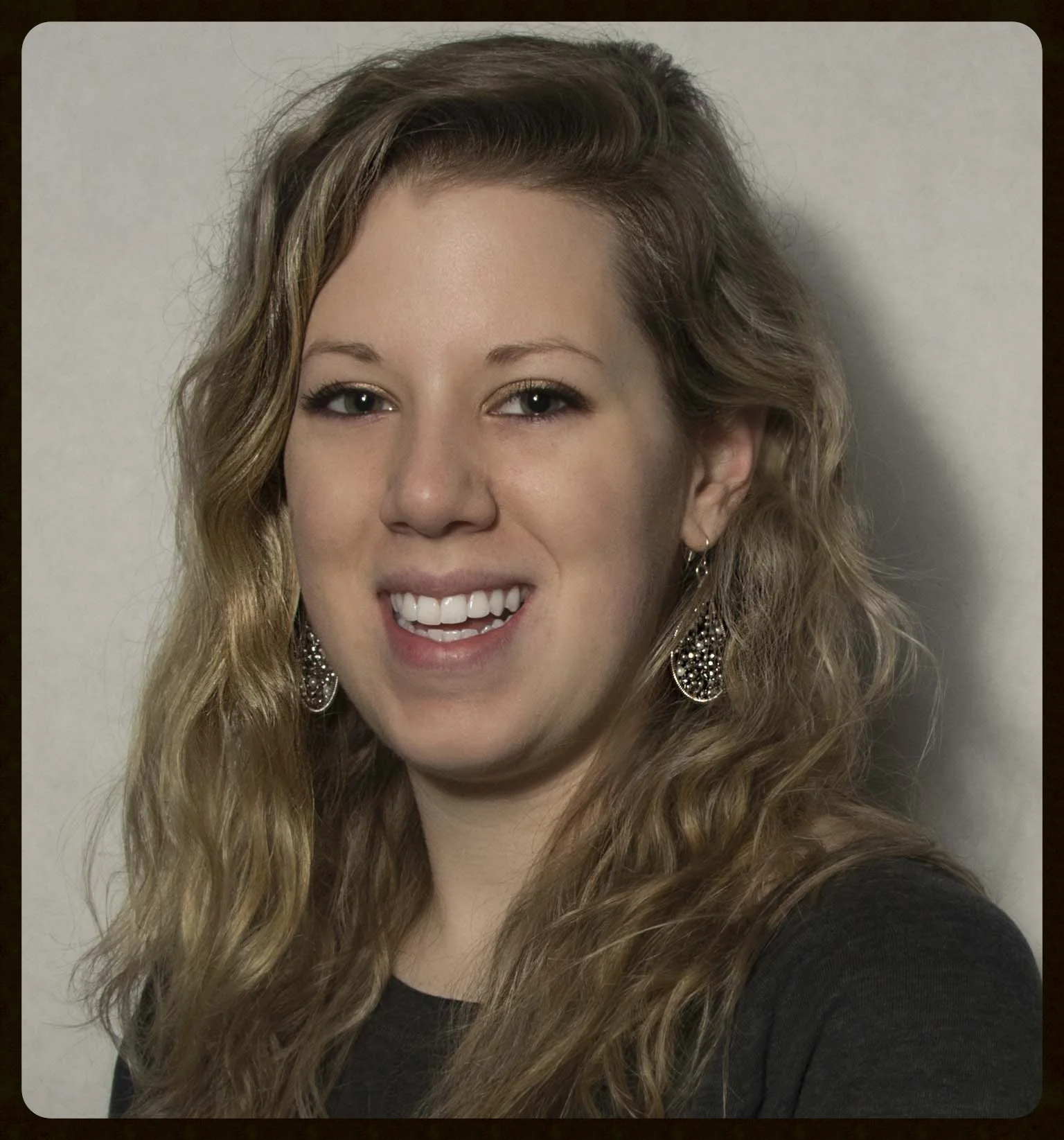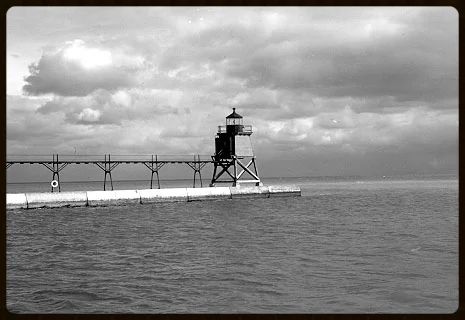Don’t you hate it when someone says, “the story wrote itself,” or, “I just sat down and let the creative energy flow?” At the time I wrote this poem, that’s how I imagined writing would be: Easy, blissful, transcendental even. That’s how it is when you’re newly in love and I had just fallen in love with poetry. I was also a newly divorced mom with three kids, working two part-time jobs as a nurse and enrolled in a two-year writing program.
This poem stemmed from a writing prompt. Our assignment was to write an ekphrastic, which is a form of writing, mostly poetry, wherein the author describes and writes about another’s work of art. I remember thinking, “What do I know about poetry or art?” I hadn’t even heard of the word ekphrastic up until that day.
And yet something was compelling me, (as it still does) to break away from everything and everyone and create. I had discovered a new sense of independence with writing and an inner voice that was confident and curious. Should I have been downstairs with my kids for that hour or two? What kind of mother was I? My new voice told me my kids were old enough to pour themselves a bowl of cereal for dinner that night.
I’ve always liked the work of Henri Matisse. I even have a couple of his prints in the house, so I chose him. His vibrant colors and slightly distorted images speak to me of purity, of light. There is something bare and honest about his portraits. I am narratively driven. For me, stories of personal experience feed me and make me feel connected so I guess it makes sense that I, (the narrator) would speak to Matisse directly. I started researching what he and his pal Picasso had to say about his work and I couldn’t resist jotting down the lines and later opening the poem with, "Picasso said you have sun in your belly, / you have said your colors sing."
Scrolling through some of his artwork, his cutout, Icarus, Plate VIII caught my eye. Such a simple, stunning depiction: A large black shell of a figure: Part man? Part bird? There was a red hole where the heart should be, surrounded by gold stars and my favorite color, blue. Plus, the story of Icarus is one of the few things I did remember enjoying from High School. Icarus was the Greek kid whose father made him wings out of bird feathers and wax and told him not to fly too close to the ocean or the sun. The ocean represented complacency and if he flew too close his wings would get damp and clogged with salt. If he flew too close to the sun, (which represented hubris) the wax would melt off his wings. Icarus reminded me of myself as a teenager; he flew too close to the sun and came crashing down.
As I continued to read about Matisse, I was truly inspired. I mean here was this artistic genius, a revolutionary, who started and ended his artistic career in a sickbed. Nothing was going to stop him. Even though I don’t like all of the telling, I felt it was important to have some biographical information included in the beginning of the poem to make it more accessible. I read that his daughter had been captured by Nazi’s and Matisse’s Icarus may have been “falling for human frailty, a father’s hope.” It’s all so subjective and mysterious isn’t it? How does anyone truly understand what an artist intends? Does the artist herself know? Matisse’s daughter escaped, and his Icarus did not seem tragic to me. Hence the lines:
Perhaps your Icarus is not falling
but is suspended by blue
his golden feathers, have melted into stars,
his small red heart, a capillary of Sun.
After this stanza, the poem jump shifts. Maybe it was the inspiration I had from Matisse and the story of Icarus percolating in my subconscious but there was also a significant thunderstorm that developed that night. Everything was off-kilter and it was exciting: the wind was gusting, the windows were shaking, the neighbor’s trash can had tipped over, and papers were flying. I went downstairs to check on the kids and they were having a wild time. These were the images they gave me: Brightly colored Uno Cards, unadulterated laughter, lit candles and messy, spilled wax dripping down the stereo speaker.
Outside my window, objects were literally flying. Inside the house, the children were figuratively flying. I had also been released from my maternal guilt so I went back upstairs and finished the poem, allowing the narrator to take off and fly too, ending with a bit of lyrical insight: "There are days, when I throw myself into the wind. / I want to live with nothing left over, especially words."
Seven years have passed since I wrote that poem. My youngest child graduates next year. Outside, it’s snowing silently. I no longer write in bursts; I have a dedicated day or two a week to write. I’m still in love, but right now, poetry and I are in a bit of a complacent slump. My dog died and I’ve resorted to writing cat poems. I can also spend half a day contemplating a comma or a semicolon. Like any relationship, writing is hard work, but I’m so grateful we found each other. For me, there’s nothing more promising than the opportunity of a blank page.
Matisse described painting as “some kind of paradise.” No matter what our medium, I think being an artist is a brave and daring thing. It is an impossible quest, really, to try and recreate with words, so much of human experience which is indescribable, inexpressible. And yet it is a gift. When we are in the midst of its creative power, we don’t have to be anything the rest of the world wants us to be. Art gives us freedom; freedom to be reckless, rebellious, calm or meditative; freedom to crash into the ocean or fly too close to the sun. And the best part is we get to do it over and over again.



